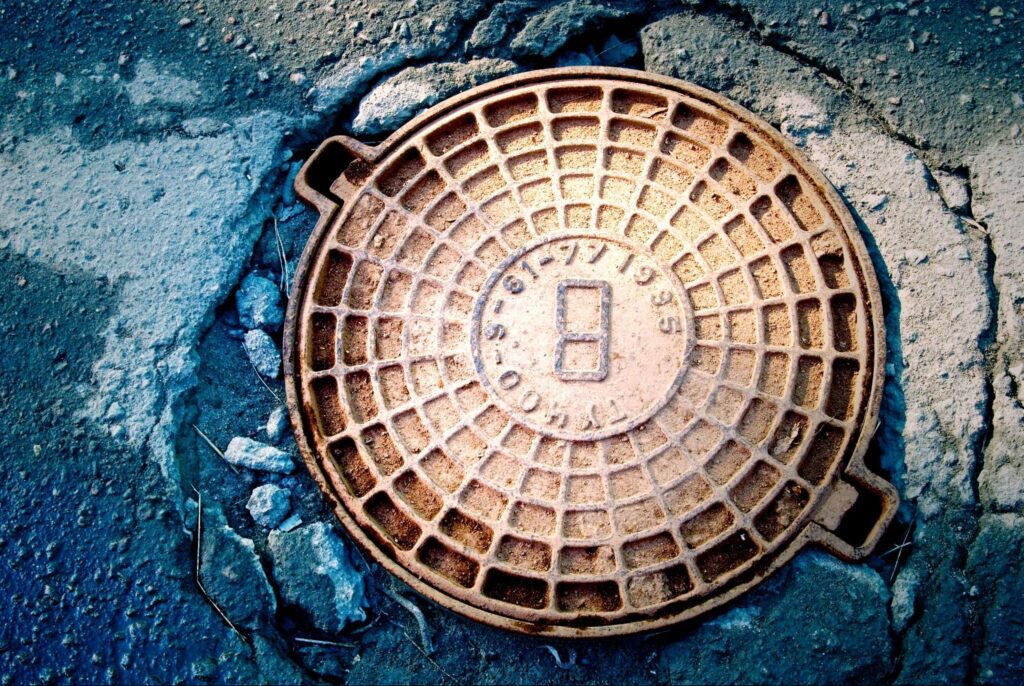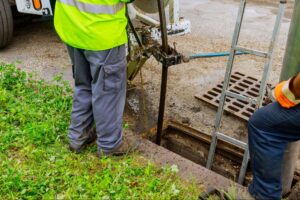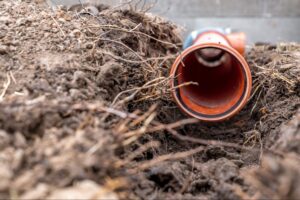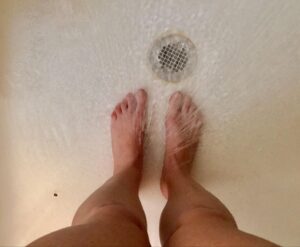The connection where a property’s lateral pipe meets the main sewer line is a critical weak point. When it fails, problems ranging from soggy lawns to foundation damage aren’t far behind. Fortunately, modern lateral sealing with chemical grout offers a non-invasive, highly effective solution.
Achieving a lasting repair requires a systematic process. At Hydromax Plumbing, we follow the 4Ps: Preparation, Product Selection, Process, and Performance. This guide will walk you through these crucial steps, help you recognize the warning signs of a failing lateral, and show you how to protect your plumbing system for the long term.
The Importance of Proper Lateral Sealing
Lateral pipe connections are vulnerable sites where water infiltration and debris accumulation can compromise system function and lead to increased treatment costs. Even minor cracks can permit groundwater and soil intrusion, which may shorten the lifespan of pipes and eventually result in extensive repair work and environmental concerns.
Effective lateral sealing aims to minimize these risks by reducing the potential for water and soil intrusion near critical connection points. Using chemical grout and modern trenchless technologies minimizes the need for disruptive excavation, preserves surrounding surfaces, and can extend the service life of the pipelines. This proactive approach is increasingly important for maintaining secure and efficient sewer systems.
5 Warning Signs Your Lateral Connection Is Failing
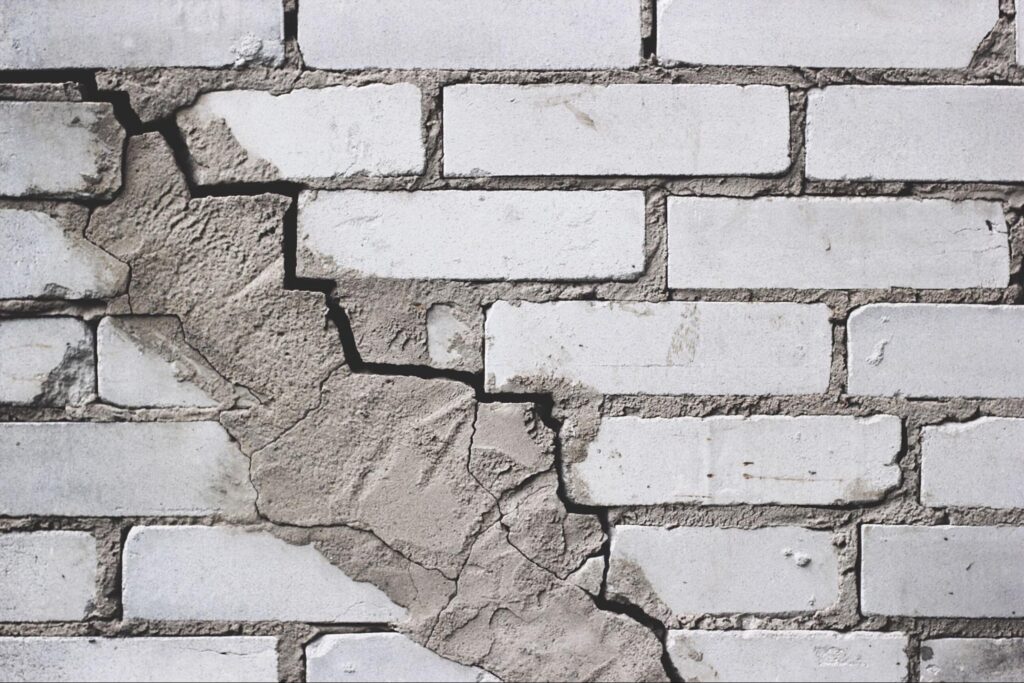
Lateral connection issues often begin silently but can escalate into costly emergencies. Recognizing the early warning signs can save you from extensive damage and expensive repairs. Here are five key indicators that your lateral connection may be failing:
Unexplained Wet Patches or Sinkholes
Noticeable wet patches or soggy spots in your lawn, especially when it hasn’t rained, are a classic red flag. As water escapes the failing connection, it saturates the ground. Over time, this erosion can create subtle dips or even dangerous sinkholes along the pipe’s path.
Frequent Sewer Backups
While a single clog can happen to anyone, recurring sewer backups are a serious system-level problem. If you find your drains backing up frequently, particularly during or after heavy rainfall, it’s a strong sign that groundwater is infiltrating your lateral through cracks and overwhelming the pipe’s capacity.
Lush, Green Patches of Grass
An isolated patch of grass that is unusually lush and green can be a sign of trouble. While it might look healthy, that vibrant spot could be receiving a constant supply of unwanted fertilizer from a leaking sewer lateral just beneath the surface.
Foundation Cracks or Settling
This is one of the most serious consequences of a failing lateral. A significant, long-term leak can wash away the compacted soil that supports your home or building’s foundation. If you see new cracks in your foundation walls, floors, or signs of settling, an underground leak could be the hidden cause.
Sudden Rodent or Insect Problems
A sudden and persistent problem with pests like cockroaches, sewer flies, or even rodents can be linked to your plumbing. A broken lateral pipe is an open doorway from the main sewer into your property, giving pests a hidden highway into your home or business.
Individually, these signs are concerning. If you notice more than one, it’s time to take action. A professional video inspection can confirm the health of your lateral connection and prevent a minor issue from becoming a major disaster.
The 4Ps for Effective Chemical Grout Application
Your sewer system’s weakest link is where your property’s lateral line connects to the main. A failure here can cause everything from a waterlogged yard to costly foundation damage. To stop these problems at the source, we use advanced chemical grout for a no-dig, permanent seal.
At Hydromax Plumbing, our success relies on a meticulous approach we call the 4Ps: Preparation, Product Selection, Process, and Performance. Let’s dive into each critical part of the process:
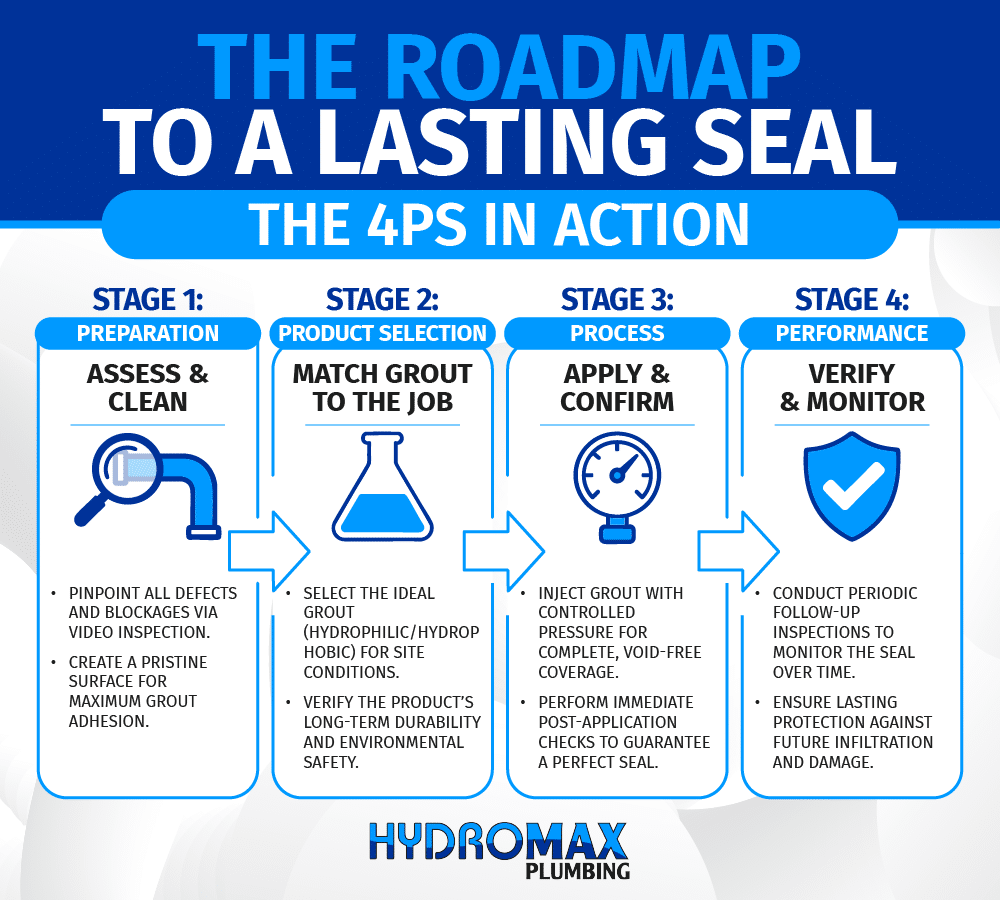
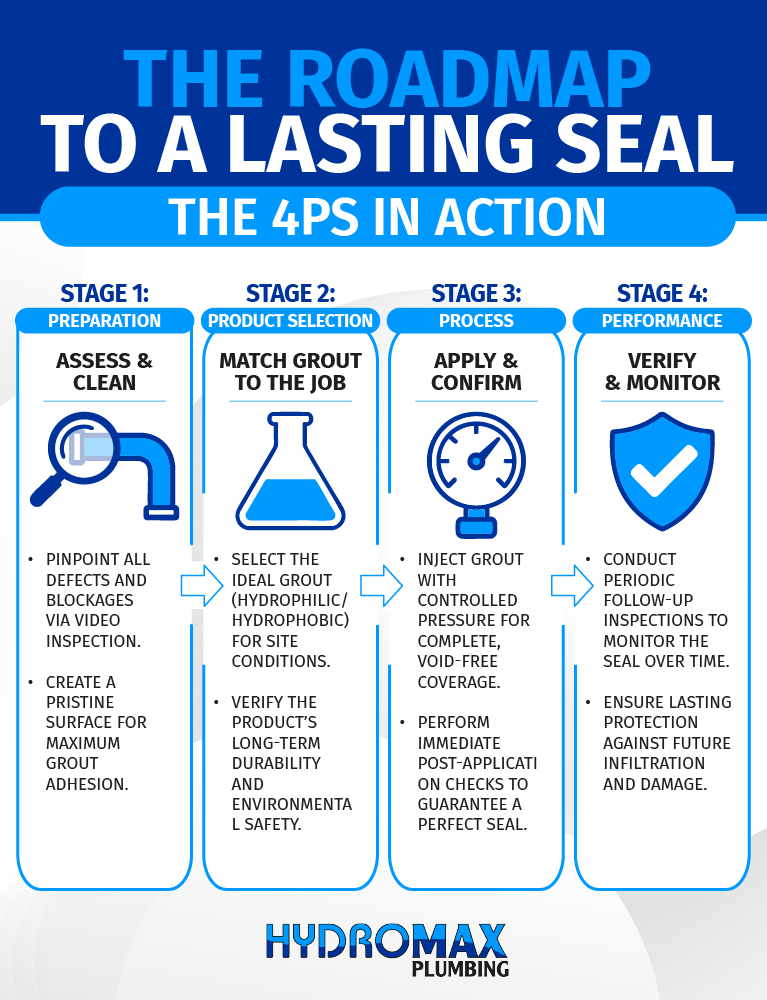
Preparation: Building a Strong Foundation
Effective lateral sealing begins with thorough preparation, ensuring that the pipeline is ready for grout application.
Detailed Inspection
A comprehensive inspection of the lateral pipe and its connection to the main sewer line is crucial. Advanced video camera inspections help identify hidden cracks, corrosion, or blockages that might otherwise go undetected. This detailed evaluation is vital for pinpointing vulnerabilities and planning the sealing process with precision.
Cleaning and Clearing
A clean pipe surface is essential for proper grout adhesion. Plumbers use methods such as water jetting and heavy root removal to clear away grease, mineral deposits, and debris. These cleaning steps ensure that the chemical grout can flow into every crevice and establish a robust seal.
Structural Evaluation
Before sealing, professionals assess the pipe’s condition to confirm it can support effective lateral sealing. Pipes with severe fractures or extensive corrosion might require additional repairs before the chemical grout is applied. Addressing such structural challenges beforehand helps facilitate a smooth and lasting sealing process.
Product Selection: Choosing the Right Chemical Grout
The success of lateral sealing heavily depends on selecting the appropriate chemical grout.
Grout Types
Chemical grouts generally fall into two main categories: hydrophilic and hydrophobic.
- Hydrophilic grouts are designed to bond with moist surfaces and form a flexible gel. They are well-suited for environments where moisture is constant and conditions are variable.
- Hydrophobic grouts repel water and expand upon contact with moisture to form a more rigid barrier. They are typically better for drier conditions where a firmer, less flexible seal is needed.
Choosing the right type involves assessing environmental conditions, pipe material compatibility, and the specific infiltration challenges of the project. In some situations, a combination of both types may be optimal.
Durability and Environmental Safety
The selected grout must be durable and capable of withstanding temperature variations and soil movement over time. It should bond effectively with the pipe material—whether PVC, clay, or cast iron—without compromising its integrity. Many modern formulations use non-toxic components suitable for wastewater applications. Always confirm that the product meets relevant safety and environmental standards.
Process: Effective Application of Chemical Grout
The application phase is critical to achieving an even and durable seal.
Targeted Grout Injection
Technicians start by isolating the lateral connection using specialized injection equipment, such as packers, which create a controlled section for grout placement. Once isolated, the low-viscosity chemical grout is precisely injected into cracks and voids, ensuring the material reaches all compromised areas with minimal disruption.
Controlled Pressurization
Uniform pressure is essential for even distribution. The injection system monitors and adjusts pressure levels to promote consistent grout spreading without risking damage to older or fragile pipes. This careful control encourages effective adhesion and prevents issues of under- or over-application.
Post-Application Quality Checks
After grout injection, technicians conduct quality checks—including pressure testing and camera inspections—to verify that the seal is comprehensive and free of gaps. If minor deficiencies are detected, additional grout may be applied. These quality controls help ensure that the seal is robust and likely to perform well over time.
Performance: Ensuring Long-Term Effectiveness
A high-quality lateral seal is engineered to be a durable, long-term solution. However, the final step in a comprehensive strategy is verifying its performance over time to ensure lasting integrity and protect your investment.
While a precise initial application is paramount, proactive monitoring confirms that the seal remains effective against changing environmental conditions, such as soil shifting or fluctuating water tables. Periodic follow-up inspections, using advanced video examination and pressure testing, allow technicians to validate the seal’s integrity. This simple, preventative step helps catch any potential issues long before they become serious problems, ensuring the entire system continues to function optimally for years to come.
Common Mistakes to Avoid
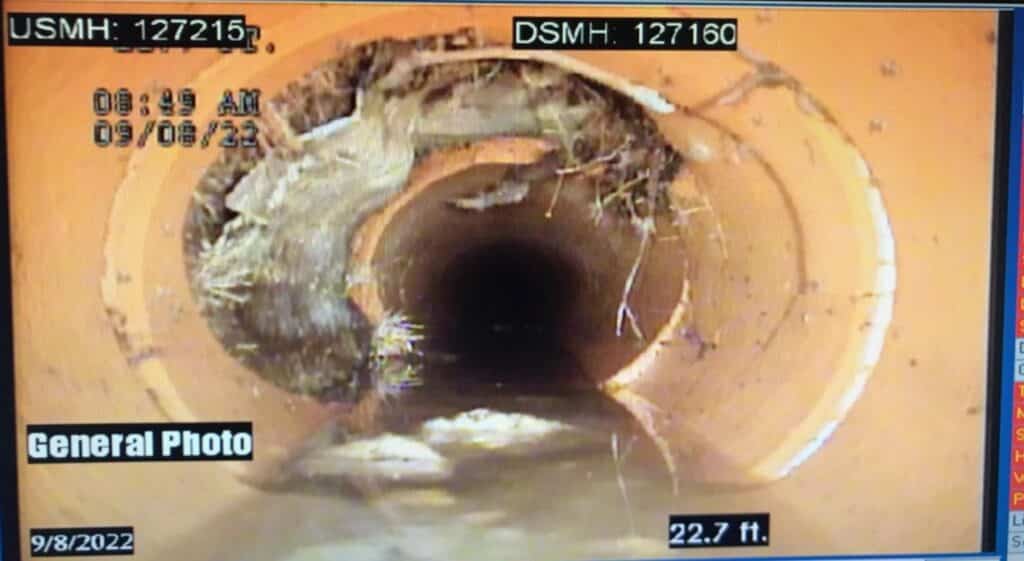
Even a systematic approach can be undermined by common pitfalls.
Inadequate Inspection and Cleaning
Skipping comprehensive inspections or insufficiently cleaning the pipes can leave defects unidentified and hinder grout adhesion. Ensuring the removal of blockages, grease, and debris is critical for achieving a successful seal. Regular drain cleaning is often a beneficial preventative measure.
Incorrect Grout Selection
Using a grout type that does not match the environmental conditions or pipe material may result in a compromised seal. It is essential to thoroughly evaluate both the nature of the leak and the specifics of the pipe before making a selection.
Lack of Follow-Up
While the primary goal is a precise, one-time application, occasional inspections after sealing can help identify developing weaknesses. A well-planned re-inspection strategy, even if not mandatory, can be a valuable element of a broader infrastructure management plan.
DIY Approaches
Lateral sealing requires specialized skills and equipment. Attempts to perform these tasks without professional training can result in improper application and subsequent repair costs. Leveraging experienced professionals minimizes risks and helps ensure successful outcomes.
Protect Your Infrastructure with Confidence
Lateral sealing with chemical grout is a powerful method for protecting plumbing systems against leaks and structural damage. The 4Ps—Preparation, Product Selection, Process, and Performance—provide a systematic approach that emphasizes thorough inspection, careful material choice, and precise application. When executed correctly, these steps help enhance the integrity of your plumbing system and reduce the likelihood of costly repairs.
For reliable and advanced plumbing solutions, Hydromax Plumbing is your trusted partner. With extensive experience in both commercial services and residential repairs, our state-of-the-art technology is matched only by our dedication to customer satisfaction. We deliver innovative methods to extend the life of your infrastructure. Contact us today to schedule a consultation and fortify your piping system for the future.

